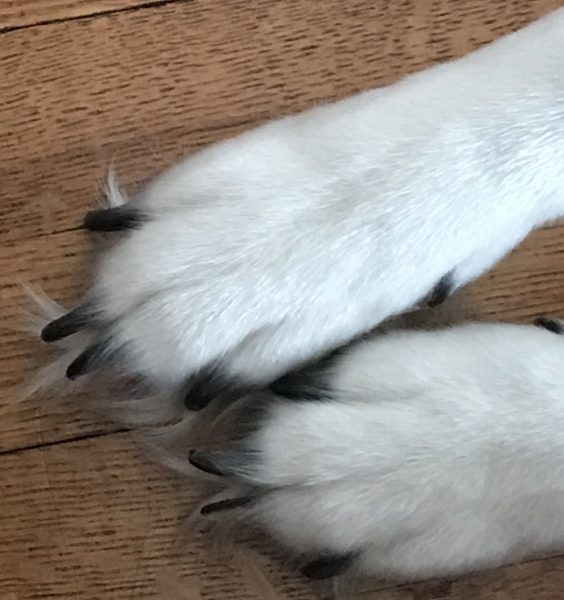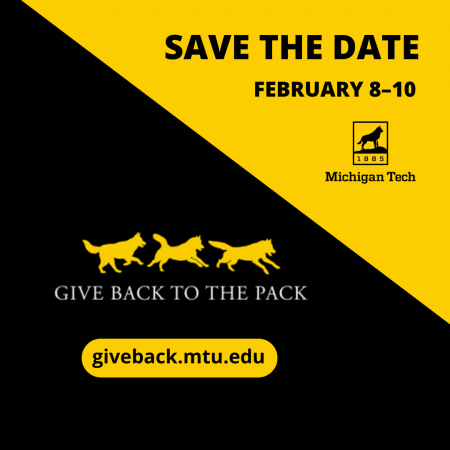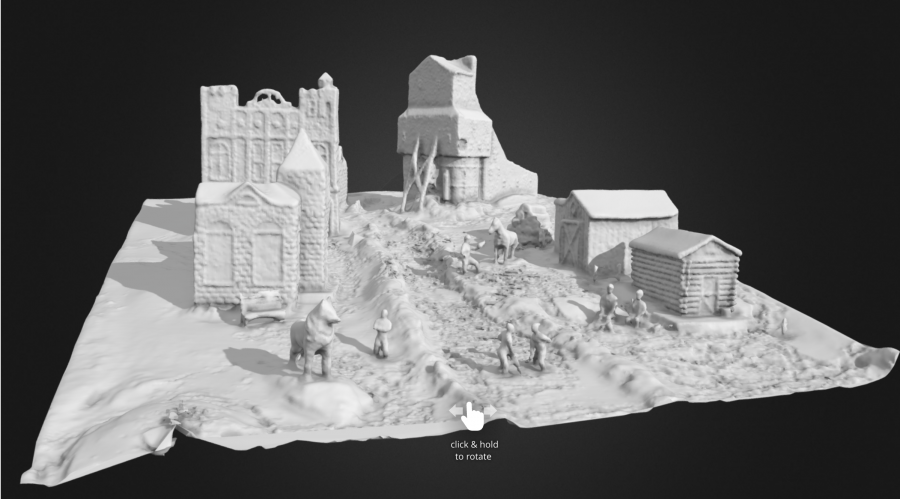
Joe Foster will share his knowledge on Husky Bites, a free, interactive Zoom webinar Monday, 2/6 at 6 pm ET. Learn something new in just 30 minutes or so, with time after for Q&A! Get the full scoop and register at mtu.edu/huskybites.
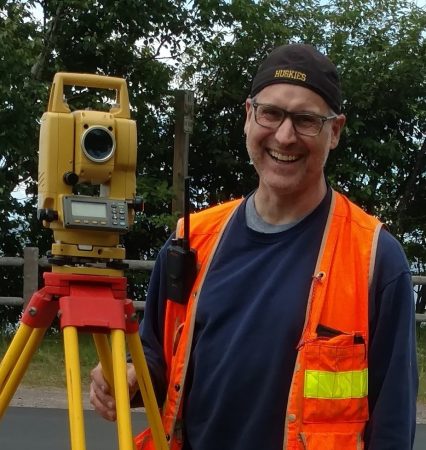
What are you doing for supper this Monday 2/6 at 6ET? Grab a bite with Dean Janet Callahan and Joe Foster, Professor of Practice in the Department of Civil, Environmental, and Geospatial Engineering at Michigan Tech. Joining in will be four of his geospatial engineering students—Brayden Brincks, Wes Hyslop, Case Vander Heide, and Jacob Wysko. They’re all three members and leaders of the Douglass Houghton Student Chapter of the National Society of Professional Surveyors (aka DHSC of NSPS).
During Husky Bites they’ll share details of their unique new endeavor at Michigan Tech’s annual Winter Carnival (coming up soon, February 8-13, 2023.)
One of the most thrilling things featured at Winter Carnival are the larger-than-life snow statues built by a Michigan Tech students—spectacular, elaborate displays of snow and ice. When Winter Carnival comes to a close the statues eventually melt. While there are lots of photos to remember them by—now there’s something much more tangible.
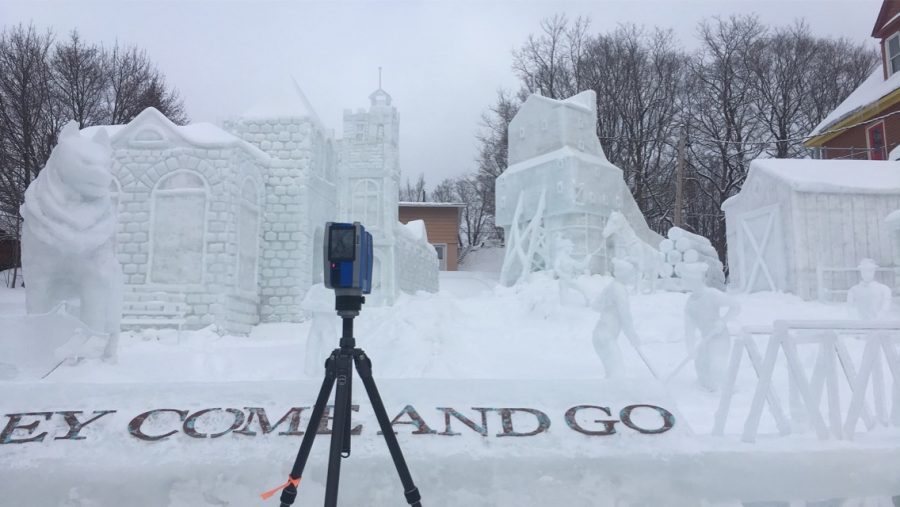
Recently, Foster and his students have found a way to take the love of Winter Carnival one step further using LIDAR (Light Imaging Detecting and Radar) to scan the snow statues, with help from Michigan Tech’s Great Lakes Research Center, plus top-of-the-line equipment and support from Seiler Instrument & Manufacturing.
“LIDAR data collected from this endeavor, literally millions of points, enables us to 3D-print an entire snow creation as a trophy, given to each of the prize-winning snow sculpture student teams,” Foster explains.
During Husky Bites, they’ll walk us through the process and show us the amazing results.
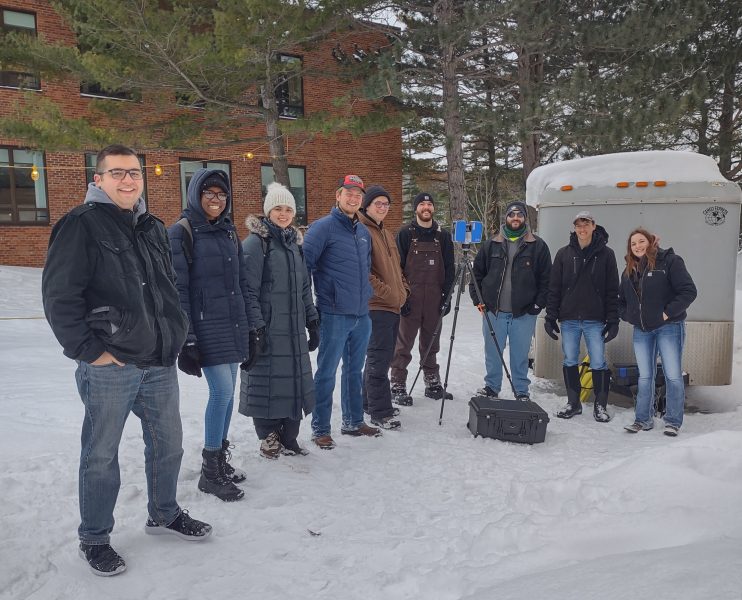
Professor Foster, how did you first get into engineering? What sparked your interest?
I first got interested in Surveying/Geospatial Engineering while studying forestry at Michigan Tech. Surveying was one of the courses in the program. That’s where I learned there could be an entire profession centered on surveying alone. I was hooked. It incorporated everything I had come to enjoy about forestry—working outside, using sophisticated equipment, drafting, and actually putting all the math I had learned to practical use. After earning my first bachelor’s degree in Forestry, I decided to get a second bachelor’s degree in Surveying and to pursue that as my career.
Hometown?
I was born and raised in Muskegon, Michigan, but spent a fair amount of time in the U.P. over the years visiting. I have strong family ties to the U.P. I came to Michigan Tech after graduating from Mona Shores High School in the fall of 1982. I’m glad to be back in the Copper Country.
Any hobbies? Pets? What do you like to do in your spare time?
I spend time outdoors enjoying what the Copper Country has to offer. And I always have my “sidekick” Deirdre (5 year old hound mix rescue) with me.
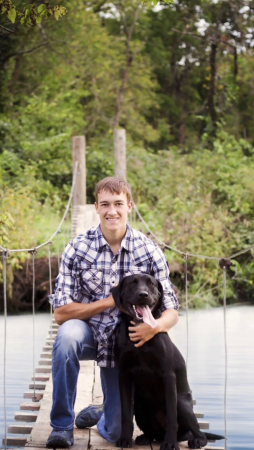
Brayden, how did you first get into engineering? What sparked your interest?
As with most students in high school, I was not exactly sure what I wanted to do after graduation. However, I was decent in mathematics and enjoyed both indoor and outdoor work. While the field of geospatial engineering is often unadvertised, with a little research I found it to contain a wide range of career opportunities, a very strong future outlook, and a dense concentration of “good” people—people you are willing and want to spend your entire career working with. Michigan Tech was the second closest school I found (11.5 hours from home compared to Eastern Tennessee’s 11.25 hour drive).
Michigan Tech was the first (and only) university I visited in high school. When I met Prof. Foster during my trip I knew Michigan Tech—and the rest of the very welcoming Houghton community—was a perfect fit.
Hometown and family?
I grew up on a farm outside of Maryville, Missouri, a small college town about the same size as Houghton, near the Iowa, Nebraska, and Kansas state borders in the heartland of the country. I have one younger sister who will be graduating high school this year. And yes, it does snow, but only 15″ a year on average.
Any hobbies? Pets? What do you like to do in your spare time?
In the winter I enjoy downhill and cross country skiing, and when the snow is not on the ground you can probably find me “gravel cycling.” I also have two pets back home, Tater a small toy poodle, and Chief, a large black lab. In addition to the community at DHSC I can often be found hanging with friends from Saint AL’s, a student parish here at Tech.
“I first met Professor Foster while visiting Michigan Tech. Since then, he has been a supportive teacher, and a great advisor.”
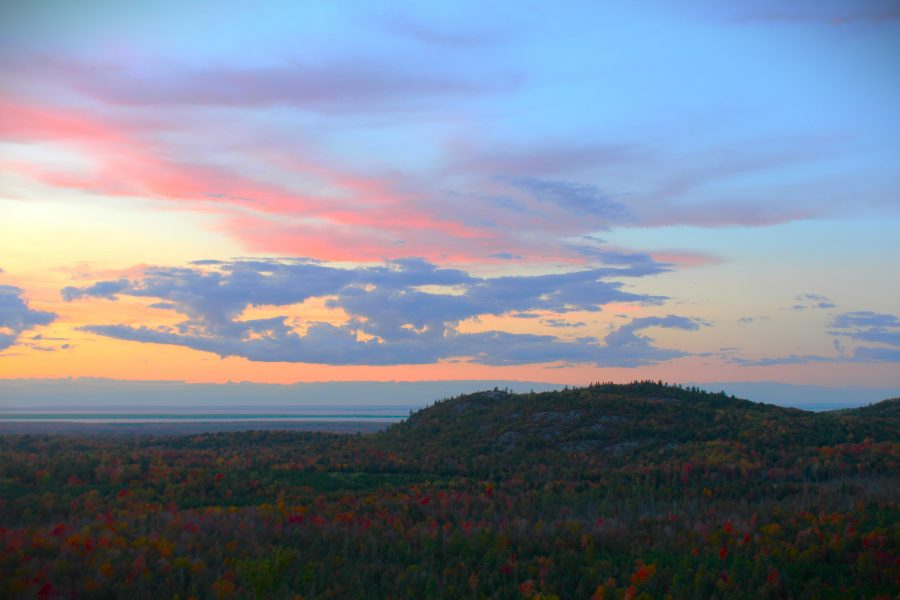
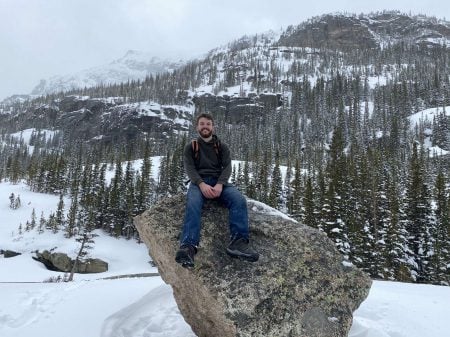
Wes, how did you first get into engineering? What sparked your interest?
I kind of stumbled into Land Surveying/Geospatial Engineering as a major, like a lot of students do. I came to Tech after a gap semester after high school. One of the classes I ended up taking was Intro to Surveying. From there I just kind of fell in love with the profession and everything that goes into it. The technology, ability to have my office be the great outdoors, and the history behind it all heavily sparked my interest.
Hometown, family?
I was born in Laurium, Michigan, but have lived in Houghton for the last 18 years. My father is a lecturer in the Department of Forestry and head of the MGIS program (that’s Master of Geographic Information Science) at Michigan Tech. My mother runs her own small business, and I have three brothers.
Any hobbies? Pets? What do you like to do in your spare time?
I enjoy basketball, hiking, fishing, and hunting, and doing basically anything outdoors in my free time. I have two dogs—a Viszla and a Chesapeake Bay Retriever Mix, as well as a cat.
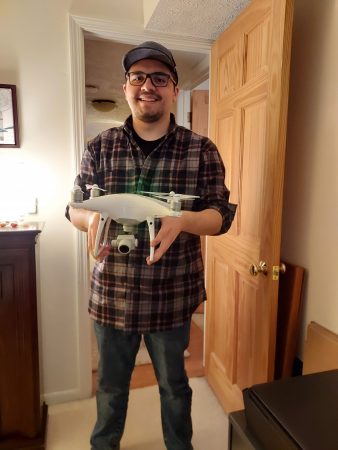
Jacob, how did you first get into engineering? What sparked your interest?
Ever since I was young, I’ve always had a keen interest in mapmaking and cartography. I liked to make detailed maps of the house and property that I grew up in. Finding out that there is a degree and career based around making detailed and accurate surveys really sparked my interest.
I initially started out in Computer Science, thinking I wanted a job that utilized technology, but after learning of the Geospatial Engineering program, I discovered that I could combine both of these aspects—technology and mapping—into a career. It’s been a wonderful experience being able to use and learn the latest technology that surveyors and geoinformaticists use to map the world.
Hometown, family?
I lived in Haslett, Michigan until about the age of 12, then moved to Okemos, Michigan. I attended and graduated from Haslett Public Schools. My dad is an electrician for the Enbridge pipeline station in Mackinaw City, and my mom owns a local healthcare business in the Greater Lansing area.
Any hobbies? Pets? What do you like to do in your spare time?
I have a strong computer background. My mom always tells the story of how when I was age five or six, my granddad got me a cheap, hand-me-down Windows XP computer that had no internet access. I would play on that computer and look through all the settings and learn all the features of each program. Because of that, my primary hobby today is software development. I find it thrilling to slave and ponder over a problem that I could make a computer solve—I love spending hours crafting and perfecting code to make some sort of software. Besides that, I also enjoy flying drones, playing bass guitar, and practicing stenography.
